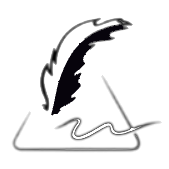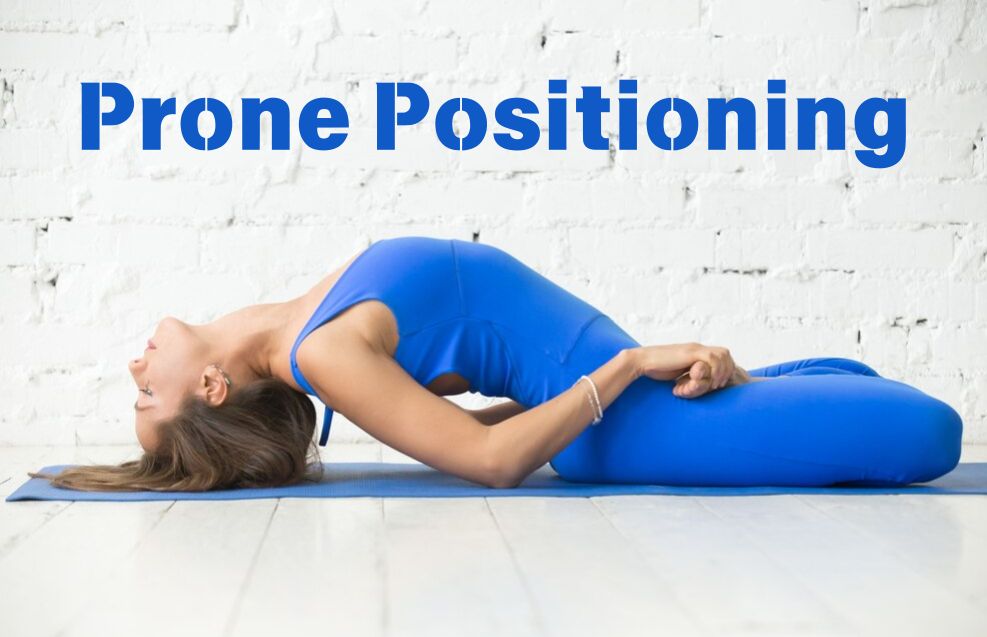Prone positioning, the act of lying face down, has emerged as a crucial technique in various medical contexts, particularly in improving respiratory function and aiding recovery. As a time-tested and scientifically backed method, this positioning is frequently employed in critical care units, especially for patients suffering from respiratory distress or illnesses like COVID-19. This blog will delve deep into why prone positioning holds such significance, how it benefits the body, and its practical applications across different scenarios.
What is Prone Positioning?
Prone positioning involves placing an individual on their abdomen with their back facing upwards. This seemingly simple adjustment has profound effects on respiratory mechanics and overall recovery. In healthcare settings, this positioning is often used for patients experiencing acute respiratory distress syndrome (ARDS) as it enhances oxygenation by redistributing lung pressures and improving ventilation-perfusion matching.
The method is not new; it has been a part of therapeutic interventions for decades. However, it gained widespread attention during the COVID-19 pandemic, where prone positioning became a standard practice in managing critically ill patients. The simplicity and efficacy of this technique make it a cornerstone in respiratory care.
How Does Prone Positioning Work?
Prone positioning works by altering the body’s anatomy in ways that support better lung function. In a supine (lying on the back) position, the weight of the heart and abdomen compresses the lungs, particularly in the posterior regions. This compression reduces lung volume and contributes to uneven ventilation.
When a patient adopts a this position, the following changes occur:
- Redistribution of Lung Compression: The anterior chest wall and abdomen bear the weight, relieving the posterior lungs from compression.
- Improved Ventilation-Perfusion Matching: Gravity aids in better blood flow to the more aerated lung regions, enhancing gas exchange.
- Reduction in Lung Injury: This positioning reduces over-distension of the anterior lungs, which helps in minimizing ventilator-induced lung injury.
- Secretion Clearance: The position also facilitates the drainage of mucus, which is especially beneficial for patients with pulmonary infections.
The Benefits of Prone Positioning in Critical Care
1. Enhanced Oxygenation
Prone positioning significantly improves oxygenation in patients with ARDS. By redistributing lung pressures, the position optimizes alveolar recruitment and reduces shunting, leading to better oxygen delivery to the bloodstream.
2. Reduced Mortality in ARDS
Studies have shown that early and prolonged prone positioning reduces mortality rates in ARDS patients. The technique’s ability to enhance oxygenation and prevent further lung injury plays a pivotal role in patient outcomes.
3. Better Lung Mechanics
In patients requiring mechanical ventilation, this positioning helps in reducing the risk of ventilator-induced lung injury. The even distribution of lung pressures prevents the over-inflation of certain lung areas, maintaining healthier lung mechanics.
4. Improved Tolerance in COVID-19 Patients
During the COVID-19 pandemic, this positioning proved to be a game-changer. Many patients with severe respiratory distress tolerated this position well, even without mechanical ventilation. The technique’s simplicity allowed it to be implemented in resource-limited settings with minimal equipment.
Practical Applications of Prone Positioning
In Intensive Care Units (ICUs)
Prone positioning is a standard practice in ICUs, particularly for patients with ARDS. The process involves a team of healthcare professionals carefully turning the patient to avoid complications like pressure sores or accidental dislodgement of medical devices.
During Surgery
Certain surgical procedures, such as spinal or posterior cranial surgeries, require the patient to be in a prone position. This positioning provides optimal access to the surgical site while minimizing risks.
At Home for COVID-19 Patients
For patients with mild to moderate COVID-19 symptoms, prone positioning can be practiced at home to improve breathing. Simple guidelines, such as lying face down for 30 minutes to 2 hours at a time, have shown remarkable results in oxygen saturation levels.
In Physical Therapy
This kind of positioning is also utilized in physical therapy for posture correction and musculoskeletal health. It helps in alleviating back pain, improving core strength, and enhancing spinal alignment.
Challenges and Precautions in Prone Positioning
While prone positioning offers numerous benefits, it’s not without challenges. Improper implementation can lead to complications such as:
- Pressure Sores: Prolonged periods in the prone position can cause skin breakdown, particularly on bony prominences.
- Nerve Injuries: Poor positioning of limbs can result in nerve compression.
- Airway Complications: The risk of accidental extubation or airway obstruction is higher in ventilated patients.
To mitigate these risks, healthcare professionals follow strict protocols, including frequent repositioning, the use of cushioning devices, and continuous monitoring.
Recent Studies and Evidence Supporting Prone Positioning
Numerous studies underscore the efficacy of this positioning in improving clinical outcomes. For instance, a 2020 study published in The Lancet Respiratory Medicine highlighted that early implementation of prone positioning in severe ARDS patients led to significant improvements in oxygenation and survival rates. Similarly, research during the COVID-19 pandemic confirmed its benefits in reducing the need for mechanical ventilation in many patients.
Tips for Safe Prone Positioning
If you or a loved one needs to practice this positioning, follow these tips for safety and effectiveness:
- Use Soft Surfaces: Place a cushion or pillow under the chest and pelvis to avoid discomfort.
- Time Intervals: Start with shorter durations and gradually increase as tolerated.
- Monitor Breathing: Keep track of oxygen saturation levels using a pulse oximeter.
- Seek Guidance: Always consult a healthcare professional before attempting the positioning, especially for medical conditions.
Read Also : Fermented Foods and Their Benefits for Gut Health
The Future of Prone Positioning in Healthcare
The prominence of this positioning in medical care continues to grow. As research progresses, newer techniques and tools may emerge to make the process even more effective and accessible. Innovations such as adjustable hospital beds and advanced cushioning systems are already making prone positioning safer and more comfortable.
Moreover, the global recognition of prone positioning during the pandemic has encouraged further exploration into its applications beyond respiratory care, including its potential role in neurorehabilitation and postural therapy.
Conclusion
Prone positioning is far more than a simple adjustment in posture; it is a life-saving technique with profound impacts on healthcare and recovery. From improving oxygenation in critically ill patients to aiding at-home care for respiratory conditions, prone positioning proves its versatility and efficacy time and again. While challenges exist, adherence to best practices ensures safe and effective implementation.
Whether you’re a healthcare provider, caregiver, or someone seeking better respiratory health, understanding the importance of prone positioning can empower you to make informed decisions. With ongoing advancements and growing awareness, this age-old technique will undoubtedly remain a cornerstone in medical care for years to come.

